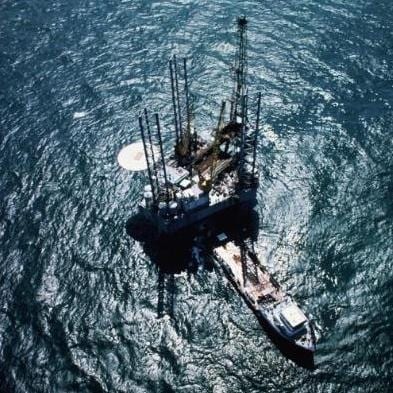Since November, Sitka's ANB harbor has been the site of an offshore oil drilling plan under which existing structures are being replaced with new versions at a cost of roughly $7.7 million. This is a regular occurrence for aging drilling sites, but this one has hit a snag because of the smallest of creatures.
A recent report from Alaska Public Media profiled the project and the increase in Didemnum vexillum or botrylloides in the harbor. These have been around since 2010, but the drilling is disrupting the blob like animals, causing them to grow rapidly and effect pristine areas in Alaska.
The piece featured an interview with Marnie Chapman. a biologist at the University of Alaska Southeast.
"We're interested in watching the botrylloides group," Chapman says. "Because even though at this point there hasn't been demonstrated massive growth of these, a lot of times what invasives do is they can hang out at very low levels and then all of a sudden something will change about the environment and then they're able to grow and expand rapidly."
She added that the spread of an invasive species is common occurrence when harbors are decommissioned and then refurbished down the road. There is a plan in place for the material from ANB harbor as it will be transported to Seattle and disposed of on land.
This goes to show that even the simplest and most routine of marine procedures can run into a problem. This is why offshore oilfield insurance is so critical.

